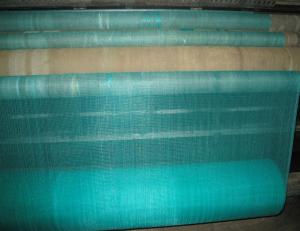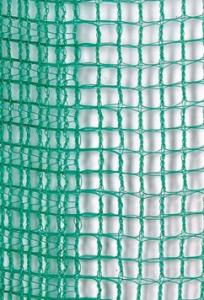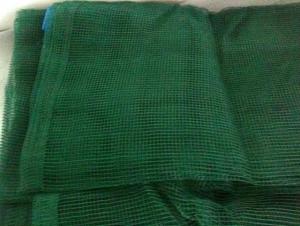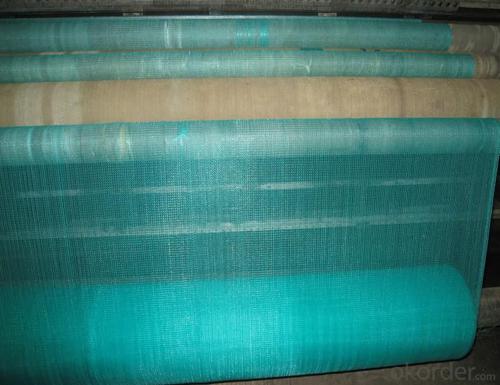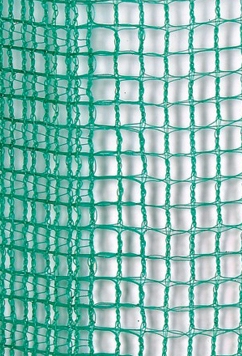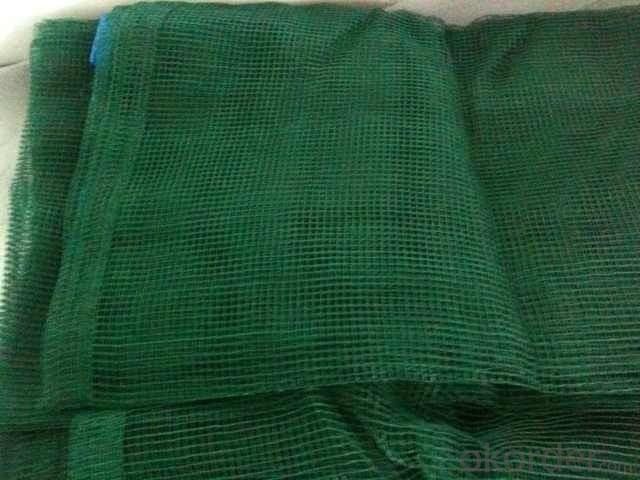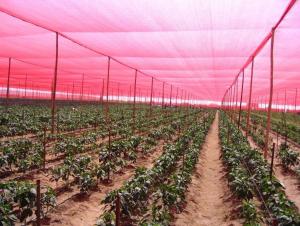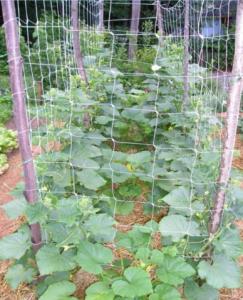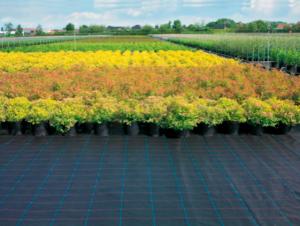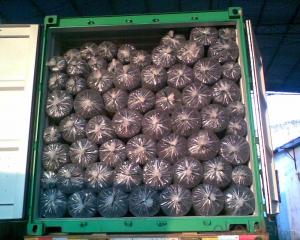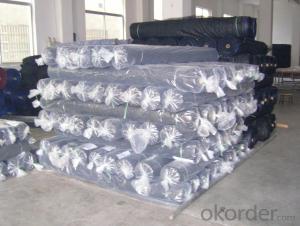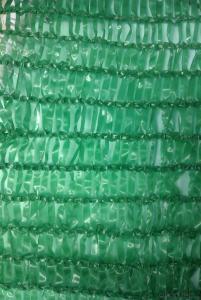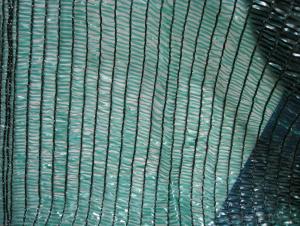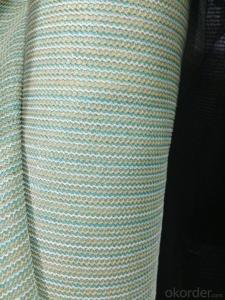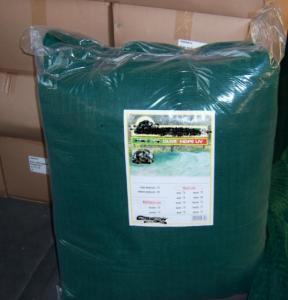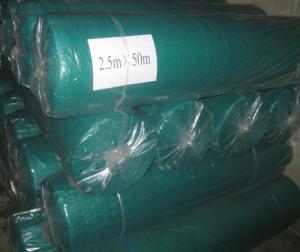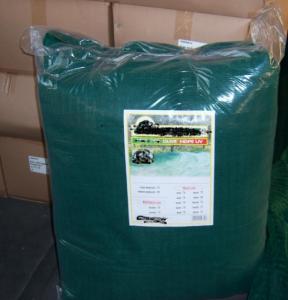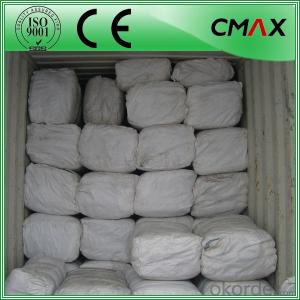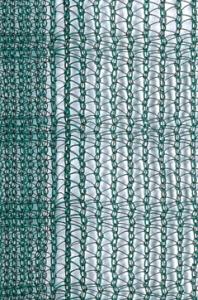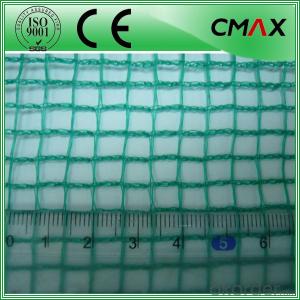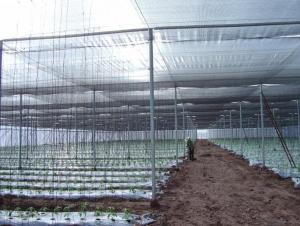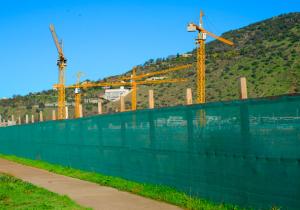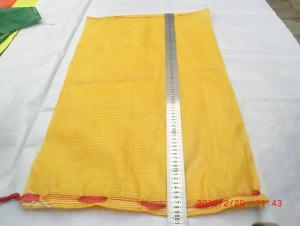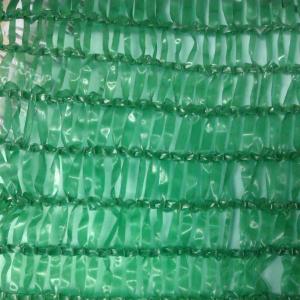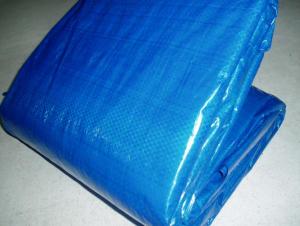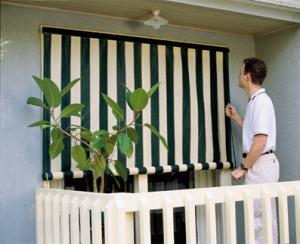Olive net PE green 65g for harvest
- Loading Port:
- China Main Port
- Payment Terms:
- TT or L/C
- Min Order Qty:
- N/A m²
- Supply Capability:
- 300t per month m²/month
OKorder Service Pledge
OKorder Financial Service
You Might Also Like
Olive Net
Introduction of Olive Net -65g:
It is weaved by High-density polyethylene (HDPE) UV stabilized mono filament, and is ideal for making panels for olive-harvest.
Specifications of Olive Net -65g:
Material base fabric | Fabric Weight | Uv. Content | Temperature range |
HDPE | 33gsm up to 92gsm Standard weight: 33gsm, 35gsm, 65gsm, 92gsm | 0.3% or 0.5% | -40 ~ +80oC |
Width: 1m, 1.5m, 2m, 3m, 4m, 5m, 6m
Length: 20m, 50m, 100m
Color: Black, Green, Dark Green
Minimum life length: 4 years, under normal weather conditions and use.
Applications of Olive Net -65g:
- Avoiding almost completely the contact between fruit and soil.
- Providing precious help for preserving a very low rate of acidity at the total advantage of final product.
- Waterproof, in case of rain or snow doesn’t absorb water.
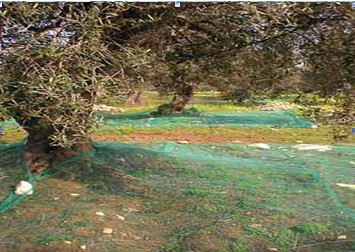
Packing of Olive Net 65g :rolls on cardboard tubes & wrapped in plastic.
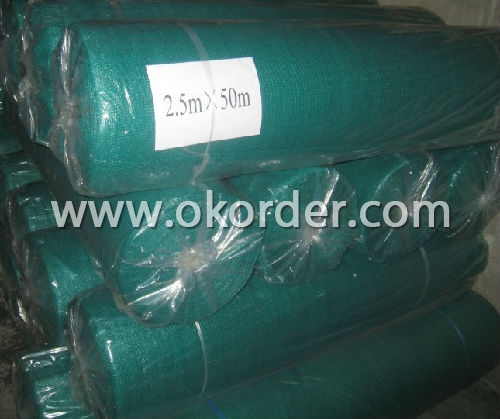
- Q: How do plastic nets provide safety in construction sites?
- Plastic nets provide safety in construction sites by acting as a protective barrier. They are commonly used to cover scaffolding and open areas, preventing tools, debris, and construction materials from falling and potentially causing accidents or injuries to workers or pedestrians below. The nets also offer protection against wind, dust, and other environmental elements, ensuring a safer working environment for construction workers.
- Q: How do plastic nets help in preventing wind erosion?
- Plastic nets help prevent wind erosion by acting as a physical barrier, preventing the movement of loose soil and sediment. They effectively trap and hold the soil in place, reducing the impact of wind and preventing it from carrying away valuable topsoil.
- Q: Are plastic nets durable?
- Plastic nets can vary in durability depending on the specific type and quality. While some plastic nets may be quite durable and able to withstand heavy use and harsh weather conditions, others may be more prone to tearing or breaking. It is important to consider the intended purpose and the specific qualities of the plastic net in question when assessing its durability.
- Q: Are plastic nets suitable for use in the fishing industry?
- Yes, plastic nets are suitable for use in the fishing industry. They are lightweight, durable, and have high tensile strength, making them effective in catching and containing fish. Additionally, plastic nets are resistant to water damage and can withstand harsh environments, making them a reliable choice for various fishing applications.
- Q: How do plastic nets compare to rubber nets?
- Plastic nets are generally more durable and long-lasting compared to rubber nets. They have a higher tensile strength and are resistant to weather conditions, making them suitable for outdoor use. Rubber nets, on the other hand, are softer and more flexible, which can be beneficial for certain applications such as protecting delicate items or preventing fish injury. Ultimately, the choice between plastic and rubber nets depends on the specific needs and requirements of the intended use.
- Q: How do plastic nets affect waste generation?
- Plastic nets can have both positive and negative effects on waste generation. On one hand, plastic nets can be used as a form of packaging or containment, reducing the amount of waste generated by preventing products from getting damaged or wasted. They can also be used in waste management systems, such as in fishing nets or landfill covers, helping to prevent litter and improve waste disposal practices. However, plastic nets can also contribute to waste generation. When not properly disposed of or recycled, they can end up in the environment, causing pollution and becoming part of the plastic waste problem. Additionally, the production, use, and disposal of plastic nets require valuable resources and contribute to greenhouse gas emissions, further impacting waste generation and environmental degradation. Overall, the impact of plastic nets on waste generation depends on their use, management, and disposal practices.
- Q: Can plastic nets be used for fencing?
- Yes, plastic nets can be used for fencing. They are lightweight, durable, and resistant to weather conditions, making them an effective option for temporary or permanent fencing applications.
- Q: Can plastic nets be used for creating drying racks?
- Yes, plastic nets can be used for creating drying racks. They are lightweight, durable, and have enough space between the netting to allow air circulation, which is essential for drying items effectively.
- Q: How are plastic nets different from plastic netting materials?
- Plastic nets and plastic netting materials refer to the same thing; they are both terms used to describe the mesh-like structures made of plastic. Therefore, there is no difference between the two terms as they are interchangeable.
- Q: Are plastic nets used in the manufacturing of furniture?
- Yes, plastic nets are commonly used in the manufacturing of furniture. They are often utilized as a support structure for the seating area or as a base for cushions.
1. Manufacturer Overview
| Location | Zhejiang, China |
| Year Established | 1995 |
| Annual Output Value | Below US$1 Million |
| Main Markets | 50% CHINA , 50% OVERSEA |
| Company Certifications | ISO9001:2000 |
2. Manufacturer Certificates
| a) Certification Name | |
| Range | |
| Reference | |
| Validity Period |
3. Manufacturer Capability
| a) Trade Capacity | |
| Nearest Port | Ningbo, China |
| Export Percentage | 1% - 10% |
| No.of Employees in Trade Department | 3 |
| Language Spoken: | English; Chinese |
| b) Factory Information | |
| Factory Size: | Above 100,000 square meters |
| No. of Production Lines | Above 10 |
| Contract Manufacturing | OEM Service Offered; Design Service Offered |
| Product Price Range | High; Average |
Send your message to us
Olive net PE green 65g for harvest
- Loading Port:
- China Main Port
- Payment Terms:
- TT or L/C
- Min Order Qty:
- N/A m²
- Supply Capability:
- 300t per month m²/month
OKorder Service Pledge
OKorder Financial Service
Similar products
Hot products
Hot Searches
Related keywords
